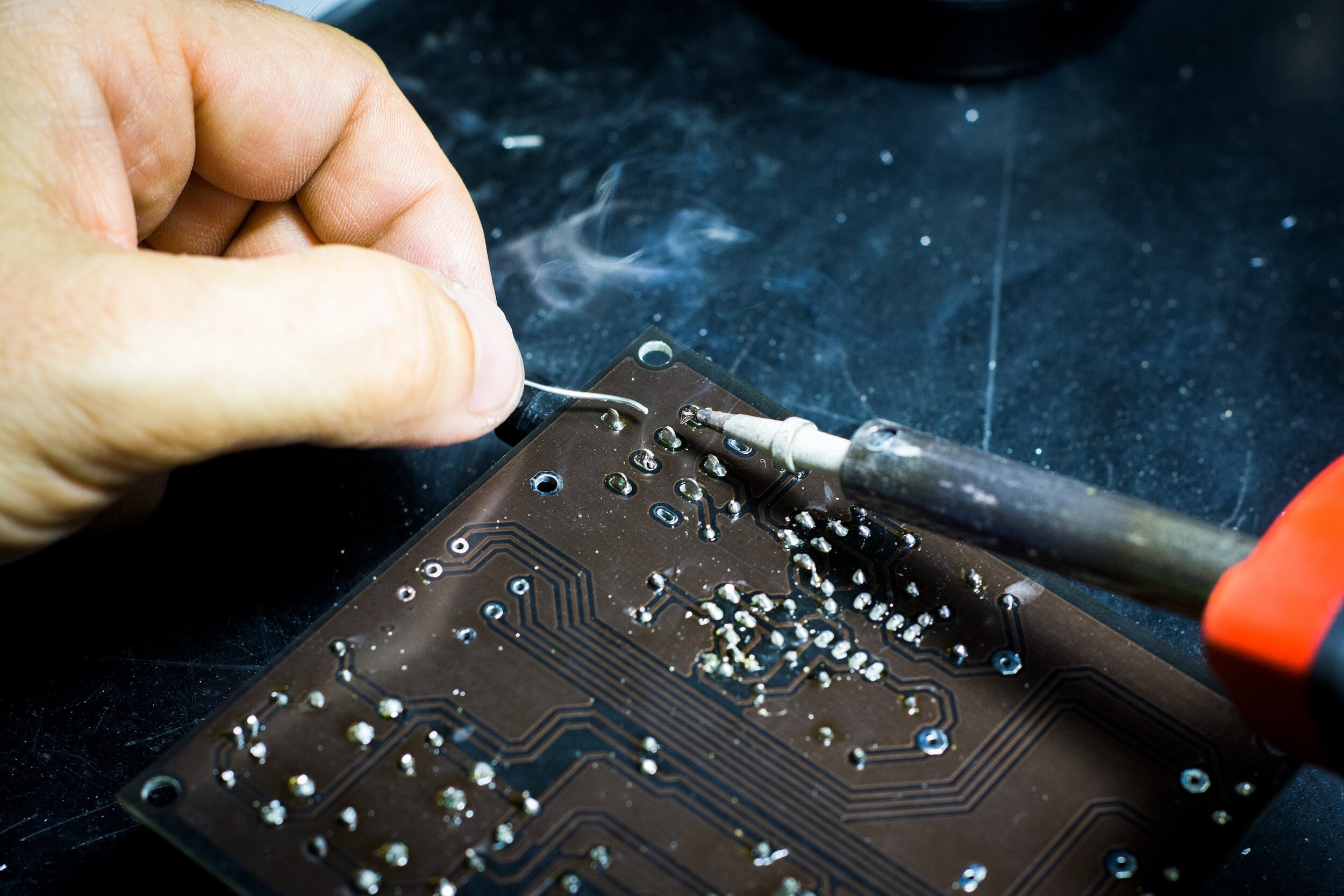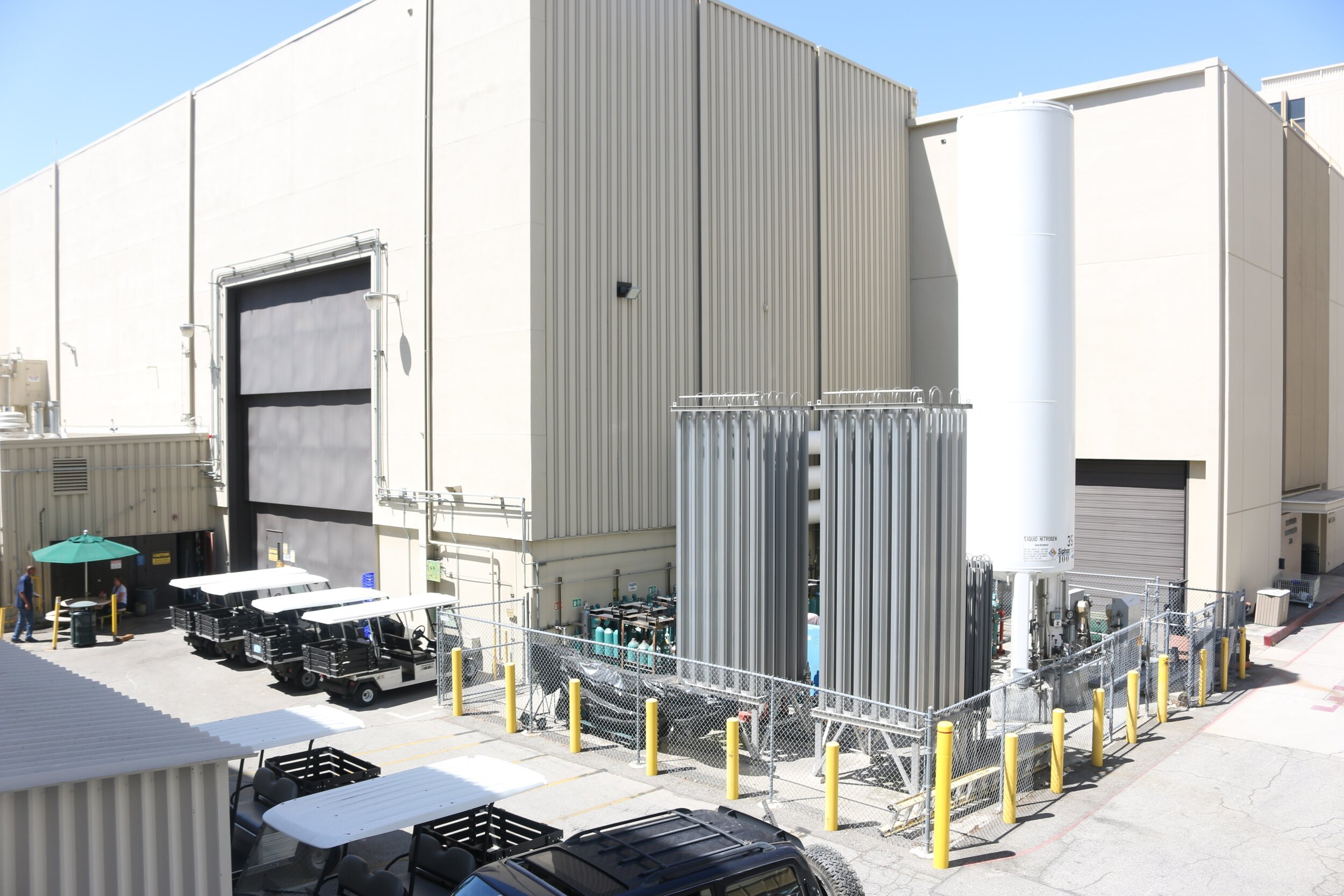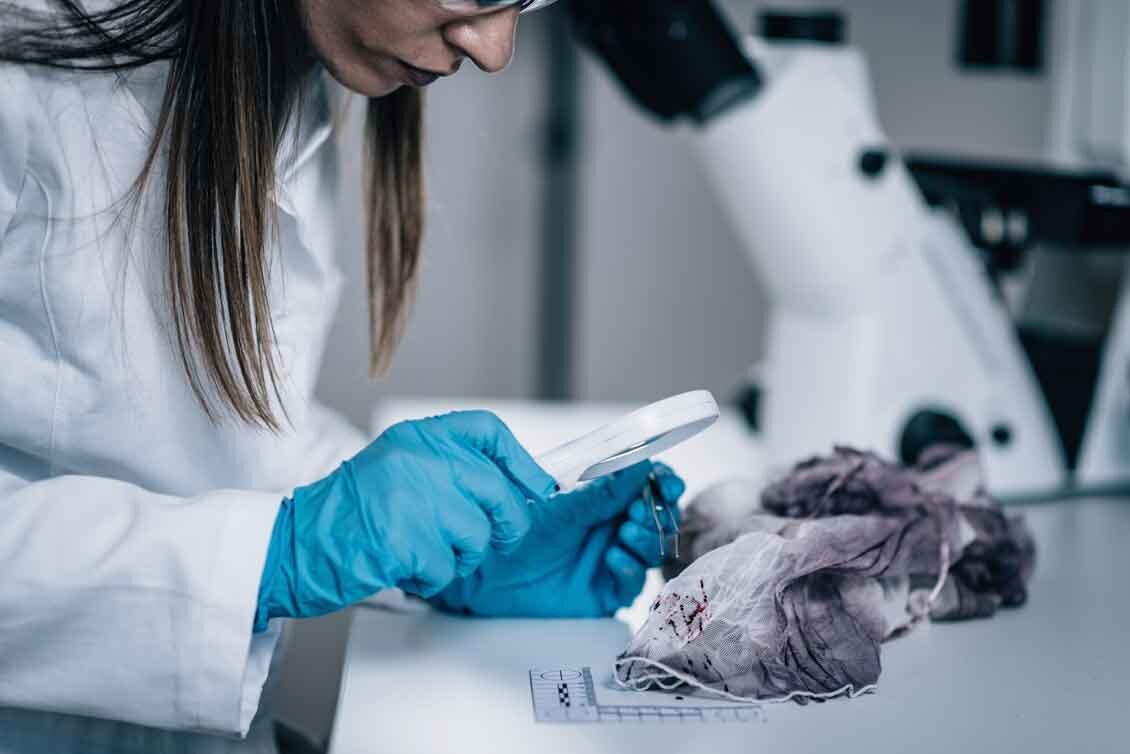E-Textiles: From Prototyping to Production
Electronic textiles, or “e-textiles”, can provide companies in a variety of industries with a solution for adding functionality to their products. For example, e-textiles can provide safety to construction workers through lighted safety gear, can turn your standard sleeping bag into a heated cocoon, and they can even help airline passengers control their experience from their seat through touch-sensing technology. Before these innovative ideas can come to life, however, the e-textile system itself must be designed and made into a prototype that exhibits these capabilities.
Why Prototype with E-Textiles?
We will start off by saying that prototyping with e-textiles is no easy feet; it entails some playing around. However, there are several benefits to prototyping with e-textiles. For starters, they are flexible, thin, and can bend and drape to conform to various applications. Second, they are washable (some more so than others). So, they can withstand some wear and tear. It is important to note that this is dependent on two key factors, though: change in conductivity and change in electrical resistance. Compared to FR4 circuits and flex PCBs, which do not possess washability, e-textiles like the LEL can handle several washes. Aside from these benefits, e-textiles can be a viable option for those looking for a cost-effective system with a high ease of integration. In order to create an e-textile prototype from a concept, you need the assistance of a few industry partners.
Who Do You Need?
Creative Technologist or Electrical Engineer
One key individual to the process of creating an e-textile prototype, is a creative technologist. Most people who know e-textiles well are a hybrid of a designer and an engineer. If you can’t find one person who can do it all, you can also look for an electrical engineer or materials engineer and a soft goods designer who can come together and collaborate.
Production and Manufacturing Partner
Once the e-textile concept has been designed and the logistics of all components have been figured out, it is time for pilot production and manufacturing of the prototype. The production and manufacturing partner (in this case, one that specializes in printed electronics) is used at this stage and is tasked with producing e-textile technology to scale. For wearable technologies, these facilities possess a wide range of capabilities: printing, fabrication, embossing, and custom molding and mounting. LOOMIA worked with Eastprint Printed Electronics to produce the LEL technology at scale.
Testing Laboratory
There are a few staple testing procedures that are conducted on e-textiles before they can be used in a product: those that are internal, such as stretch/strain profile and temperature profile, and those that are external, like washability testing and bleach colorfastness. Testing is typically done in a third-party laboratory that specializes in quality assurance for physical, biological, chemical, and photometric properties in fabrics, cosmetics, and other related products.
Why Research is Key
It is integral to the success of a prototype, and the eventual applications that will come later, that plenty of research is done in advance. Each party involved in the process (the creative technologist, manufacturing partner, and testing lab) needs to be carefully vetted before moving forward. Here are a few things to look in to for each:
Creative Technologist
Credentials – Do they possess a degree relative to this industry, or extensive prior experience? Ask for their resume if you are considering hiring!
Examples of finished projects and/or research they have done. You may want to ask for case studies or proofs of concept.
Manufacturing Partner
Their process and machinery used (this can be found easily on their website)
Specializations (do they work with e-textiles or wearable technology?)
Pricing (important for budgeting, and you may need to contact directly for a quote)
Estimated turnaround time (to help you create a timeline for your prototype)
Testing Laboratory
Markets served (make sure they work in textiles)
Technologies used (to ensure you will receive the kind of testing necessary for your prototype to eventually receive certification)
Are they a nationally/internationally accredited lab, and do they comply with federal and state standards?
Prototyping with the LEL
If you wish to prototype with a finished e-textile, the Loomia Electronic Layer (LEL) can offer several benefits. Prototyping with the LEL is easy due to its flexible and light form factor, as well as its ability to be customized to meet the needs of any application. Some other desirable characteristics of the LEL include, but are not limited to:
Its wire-free system that allows for seamless integration into soft goods.
Sewable and bondable panels that eliminate complexity in production
FCC and CE Certified
LOOMIA customizes the functionality of each LEL to fit well into your prototype, no matter how big or small.
Here is a whitepaper we wrote in collaboration with IPC to help you continue your research into how engineering and designing an e-textile works:
A Framework for the Engineering and Design of E-Textiles
If you have any other questions, don’t be afraid to drop us a line here!




